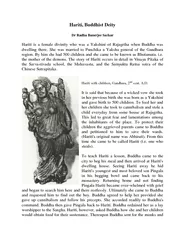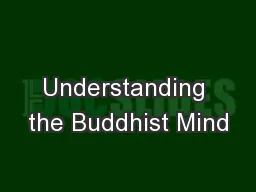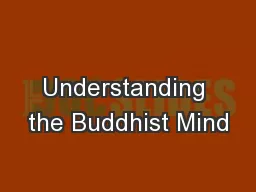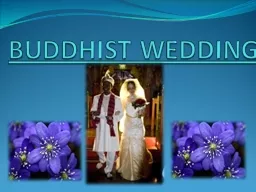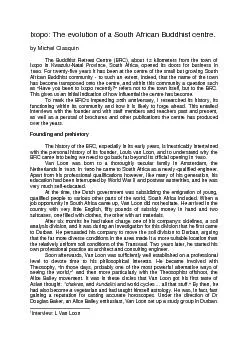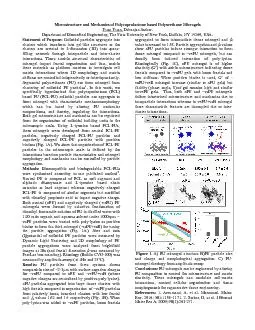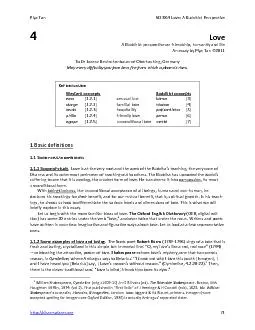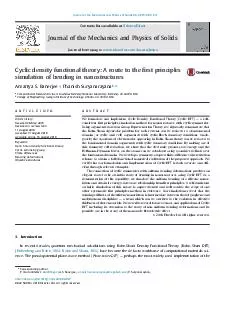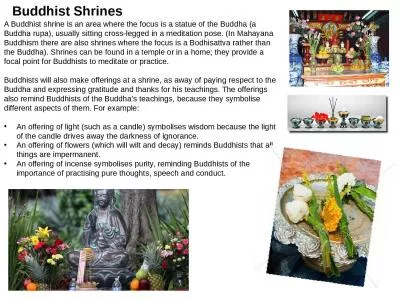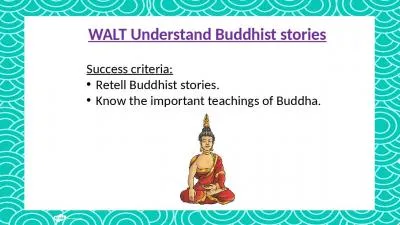PDF-Hariti Buddhist Deity Dr Radha Banerjee Sarkar Hariti
Author : min-jolicoeur | Published Date : 2015-05-26
She was married to Panchika a Yaksha general of the Gandhara region By him she had 500 children and she came to be known as Bhutamata ie the mother of the demon
Presentation Embed Code
Download Presentation
Download Presentation The PPT/PDF document "Hariti Buddhist Deity Dr Radha Banerjee ..." is the property of its rightful owner. Permission is granted to download and print the materials on this website for personal, non-commercial use only, and to display it on your personal computer provided you do not modify the materials and that you retain all copyright notices contained in the materials. By downloading content from our website, you accept the terms of this agreement.
Hariti Buddhist Deity Dr Radha Banerjee Sarkar Hariti: Transcript
Download Rules Of Document
"Hariti Buddhist Deity Dr Radha Banerjee Sarkar Hariti"The content belongs to its owner. You may download and print it for personal use, without modification, and keep all copyright notices. By downloading, you agree to these terms.
Related Documents

